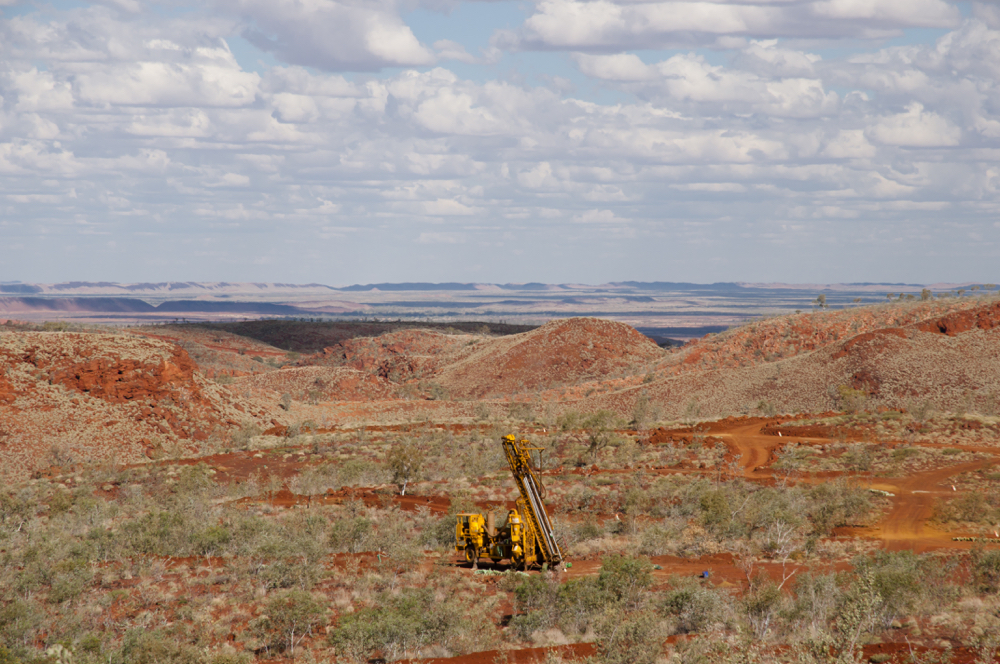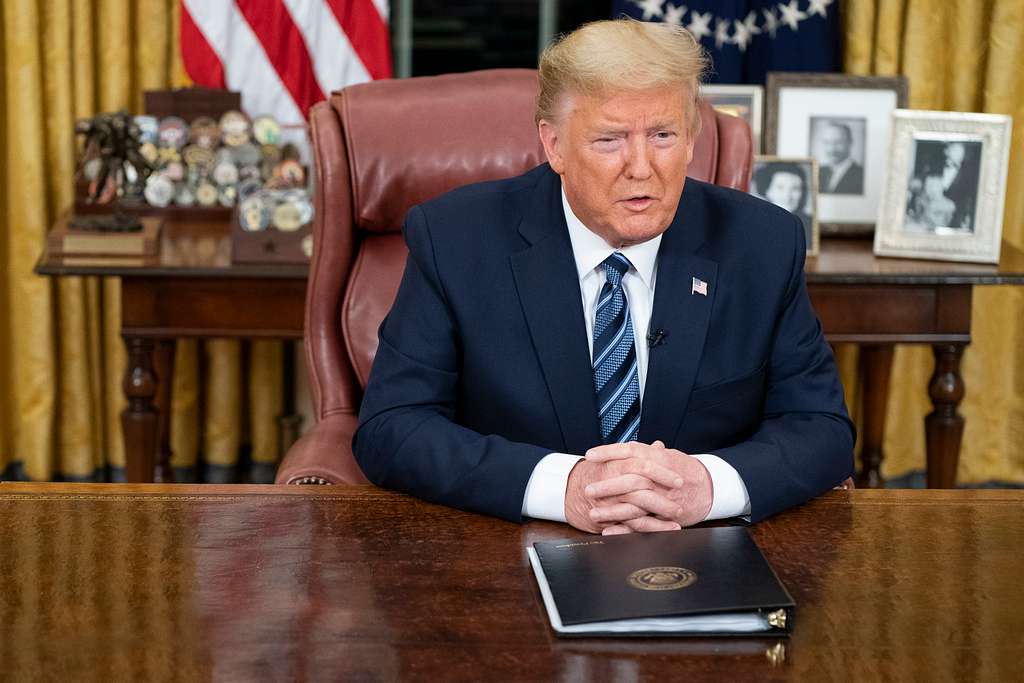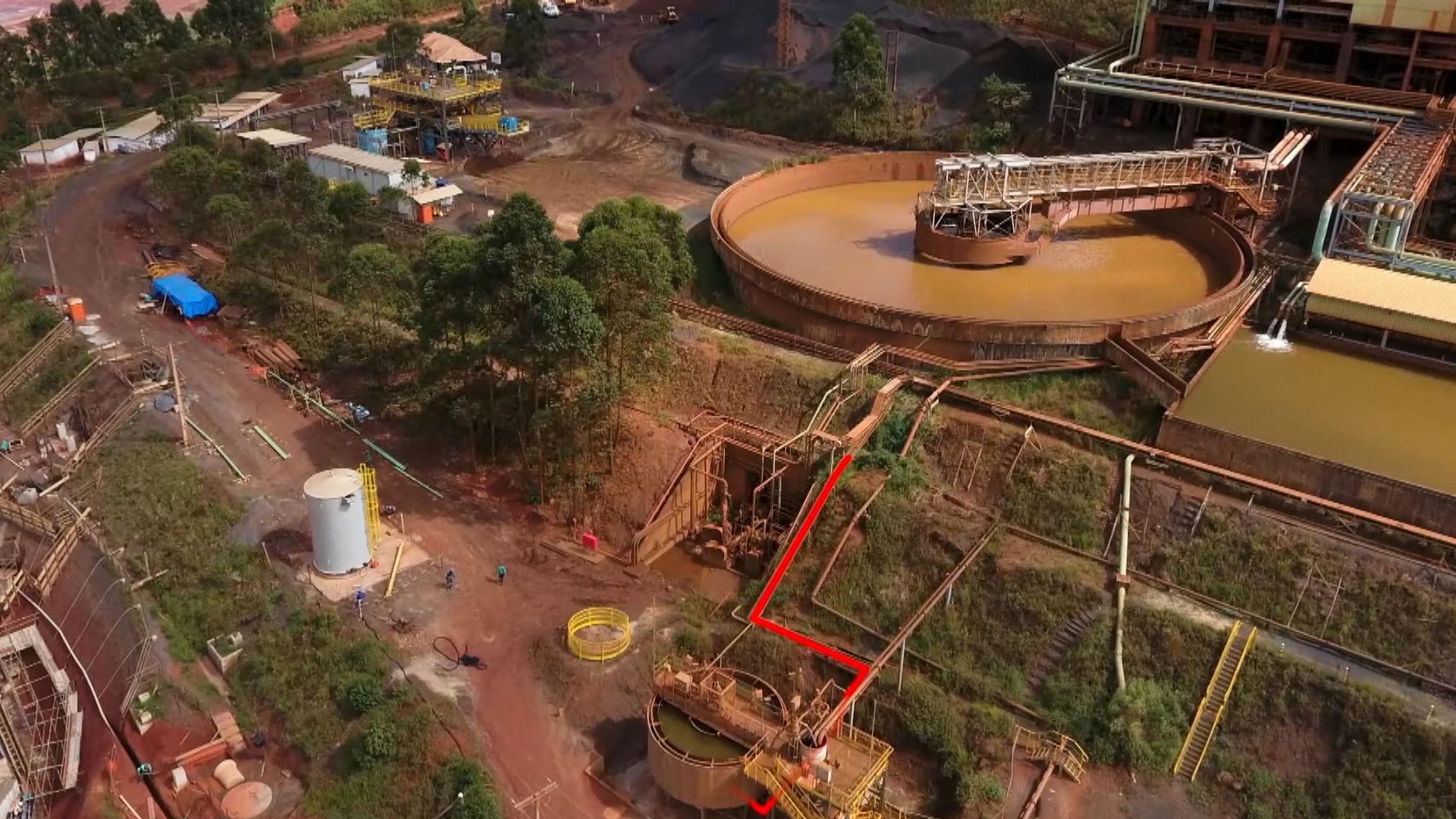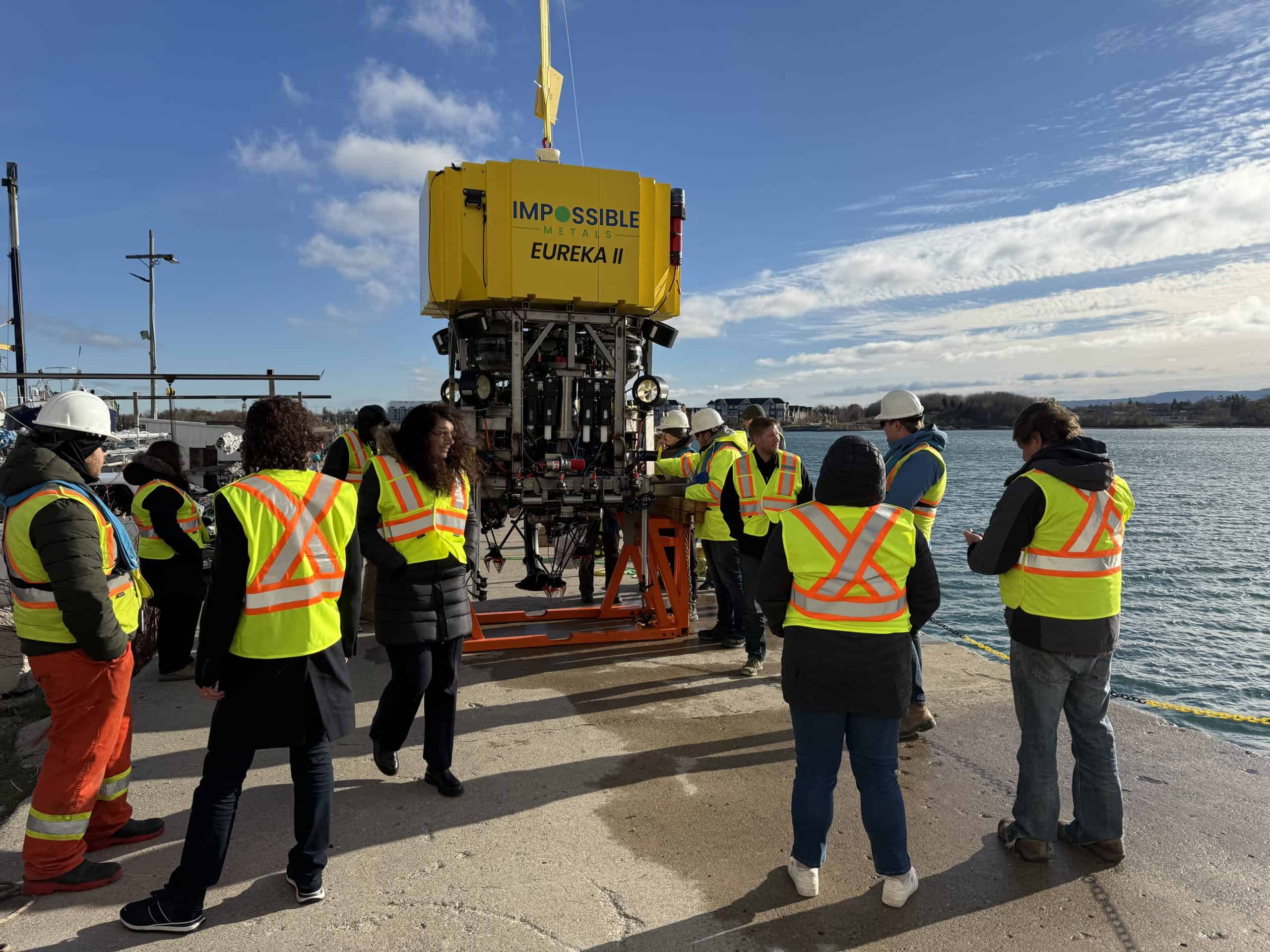Australia releases geological mapping data for southeast

Australia’s geological agency has published in-depth minerals mapping data that it hopes will drive fresh investment in mining and agriculture across the country’s southeast, the agency and resources minister said on Wednesday.
The resource-rich country has some of the world’s best minerals-mapping processes and has teamed up with Canada, the United States and India in recent years to help them create data sets of prospective mineral regions.
Last week, minerals explorer KoBold, whose principal investors include a fund backed by Microsoft’s Bill Gates, said that Australia’s detailed, public mapping data made it an attractive destination, as it announced a tie-up with BHP .
Agency Geoscience Australia said it has released data from a large airborne electromagnetic survey across parts of the states of New South Wales, Victoria, Queensland and South Australia, as part of an A$225 million ($165 million) exploration programme.
Explorers are increasingly using machine learning to harvest data that can show the potential for minerals like copper at depth, since many deposits that are visible on the earth’s surface have already been found.
“The survey mapped geology to a depth of 300 metres (984 ft) beneath the Earth’s surface by measuring its capacity to conduct electricity – similar to running a metal detector across a beach,” Resources Minister Keith Pitt said in a statement.
This data will give an indication of whether groundwater, minerals or energy resources are present across an area the size of France, more than 600,000 square kilometres (231,661 square miles).
“Industry can now use the data from the Eastern Resources Corridor AEM survey to target their own exploration activities, which will create jobs and economic growth,” division chief at Geoscience Andrew Heap said in a statement.
The ancient region once hosted mountains and volcanoes formed about 500 million years ago that have since eroded but have likely left a footprint of mineral deposits including copper, gold, lead and zinc, and critical minerals, he said.
($1 = 1.3672 Australian dollars)
(By Melanie Burton; Editing by Stephen Coates)
More News
Trump orders tariff probe on all US critical mineral imports
April 15, 2025 | 03:16 pm
Vale’s iron ore output falls 4.5% in first quarter
April 15, 2025 | 03:13 pm
{{ commodity.name }}
{{ post.title }}
{{ post.date }}




Comments